Servo motors possess the unique characteristics of turning to a specific angle ( 0,90,180) depends on the width of the pulse of the input signal. These servo motors are widely used in Robotic applications, machinery control and lots more. Usually Microcontroller will be used to control Servo motors however occasionally you will find some other IC’s used for this purpose. This article explains the operating principle and working of servo motor.
PIN DIAGRAM:
INSIDE SERVO MOTOR:
Inside this motor you will find a simple DC motor, a potentiometer and a control circuit to regulate the movement of the DC motor. Whenever the motor moves it changes the resistance in the potentiometer which fed into the control circuit. By this way the control circuit can figure out how much movement the DC motor had undergone and the direction of it. This was described as the feedback mechanism used in the operation of Servo motor.
WORKING OF SERVO MOTOR:
As already mentioned Stepper motors rotate a specific angle based on the width of the input pulse. Also the frequency of the incoming pulse should match the specs mentioned in its datasheet. Here we are going to refer to a Hobby servo motor which works in 50Hz frequency or with a time period of 20ms.
The above timing diagram shows the angle of rotation with respect to the width of the incoming pulse. If the high time is 1ms, 1.5ms and 2ms in the control signal the motor will rotate to 0, 90 and 180 degree as specified in the timing diagram. These pulses are fed to the control circuit of the servo which in turn controls the movement of the motor.
Not every servos have this same spec ( Frequency and Time period) for its operation. You have to check the datasheet provided by the manufacturer to know about the servo you are going to use.
APPLICATIONS:
- Toy cars and airplanes.
- Robotics.
- Industrial applications
- Machinery control.
- Manufacturing plant and lots more.

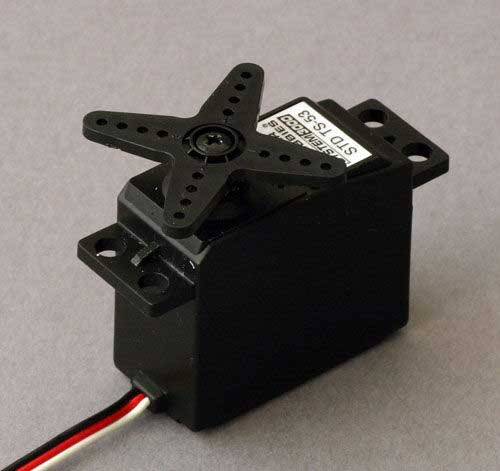
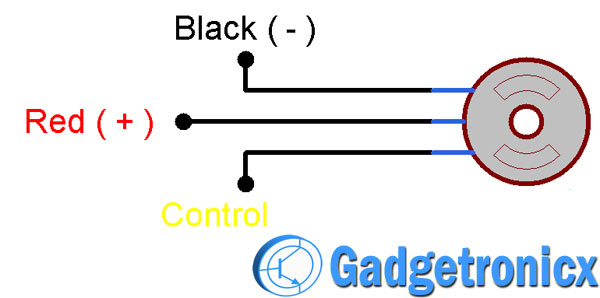
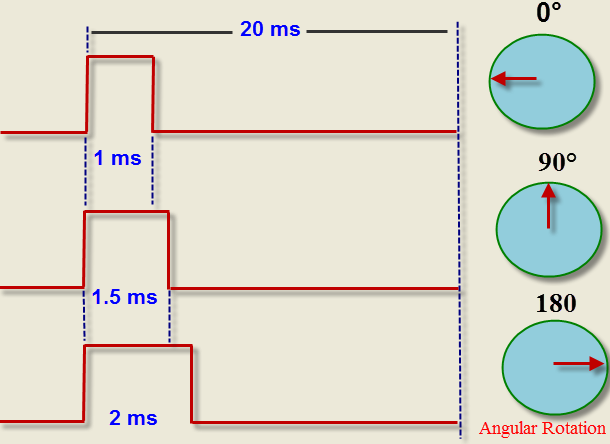
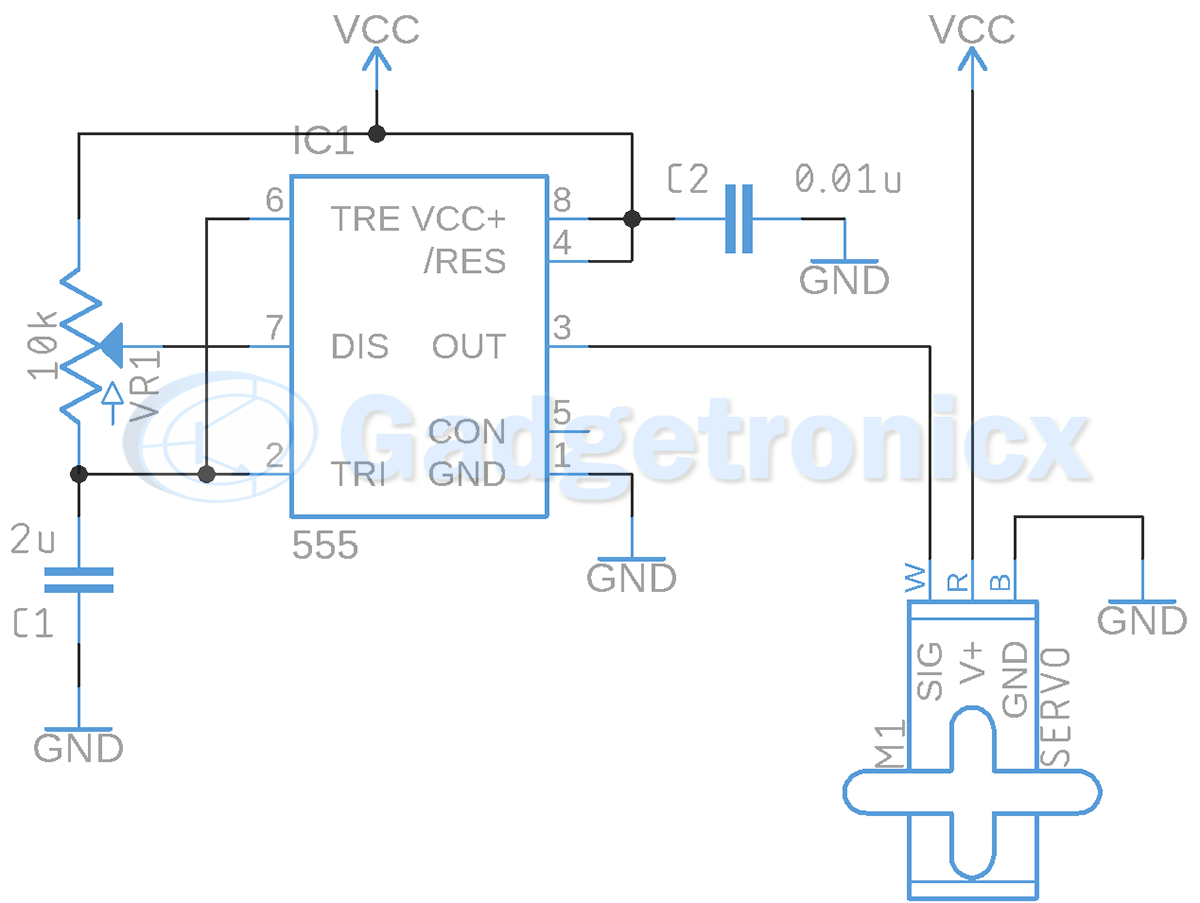
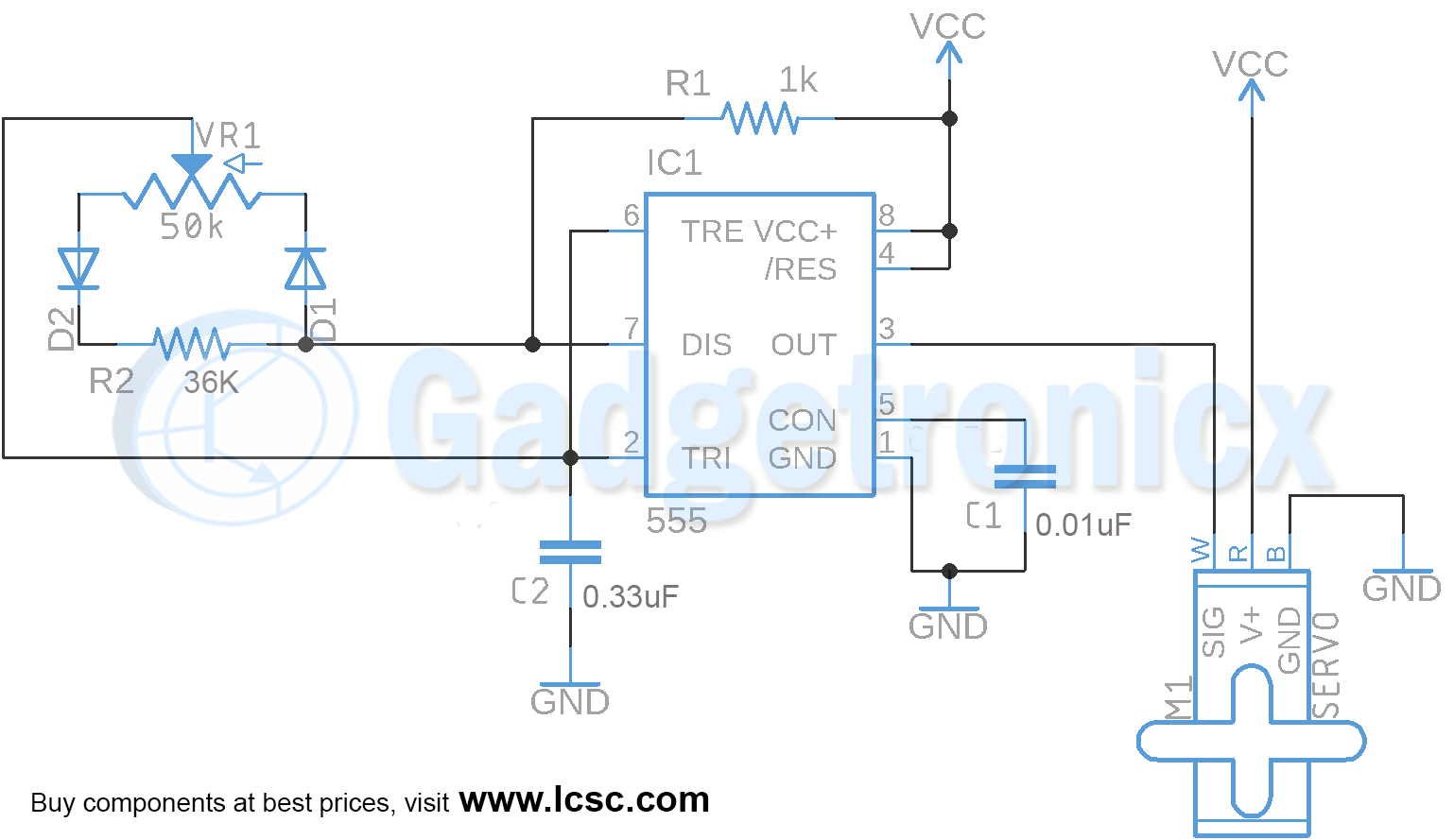

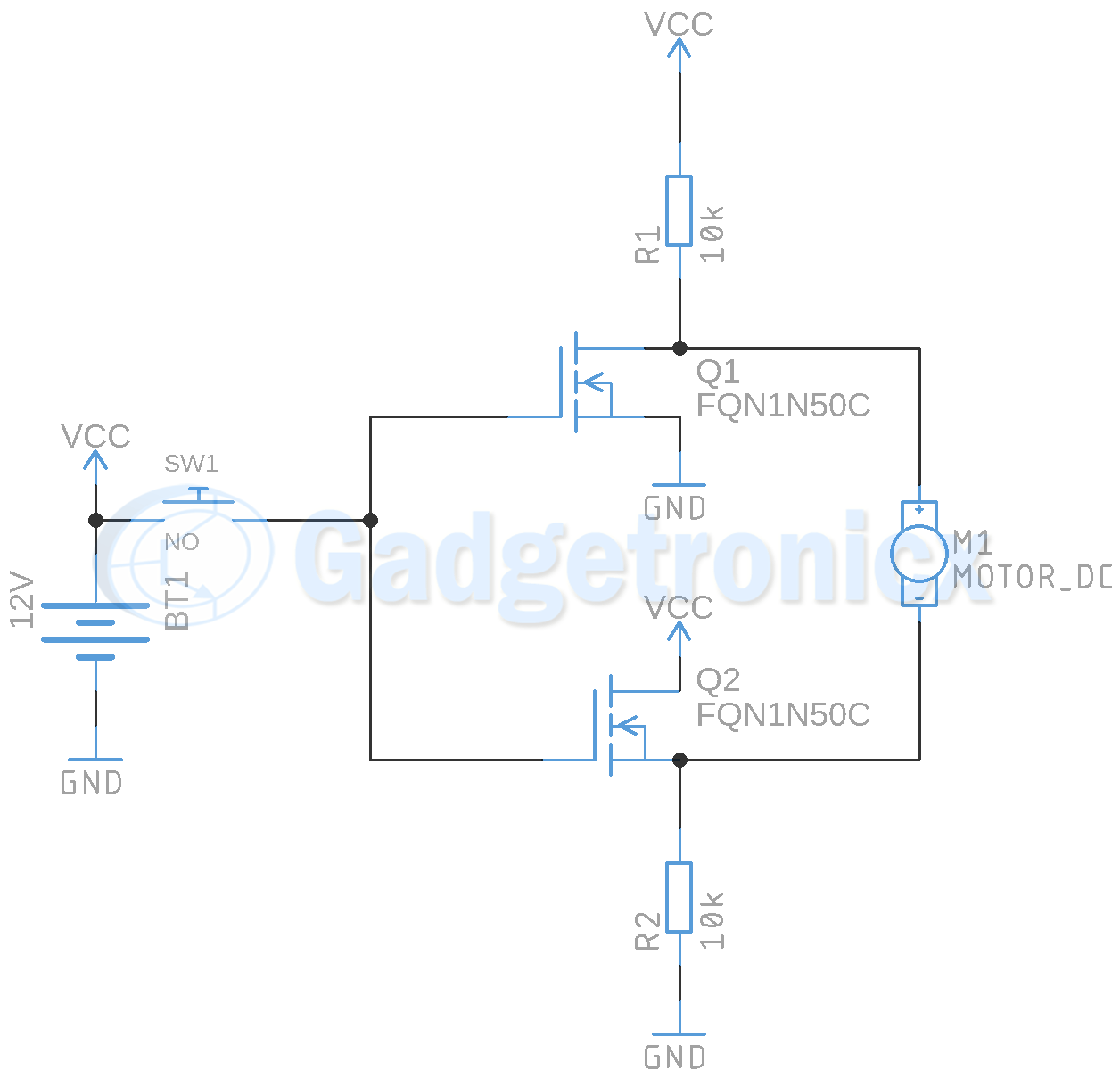
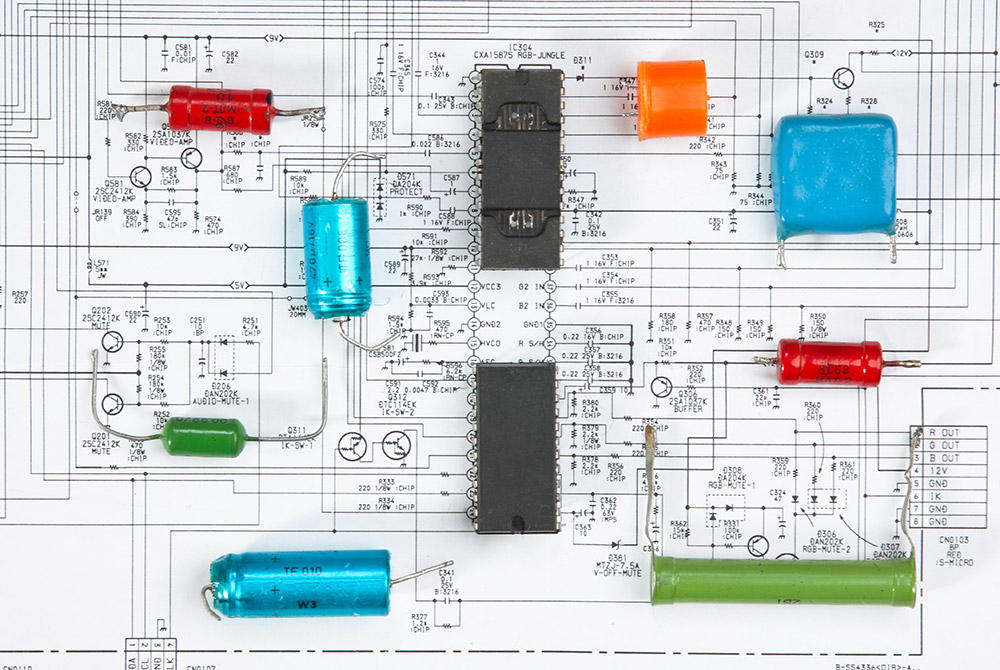

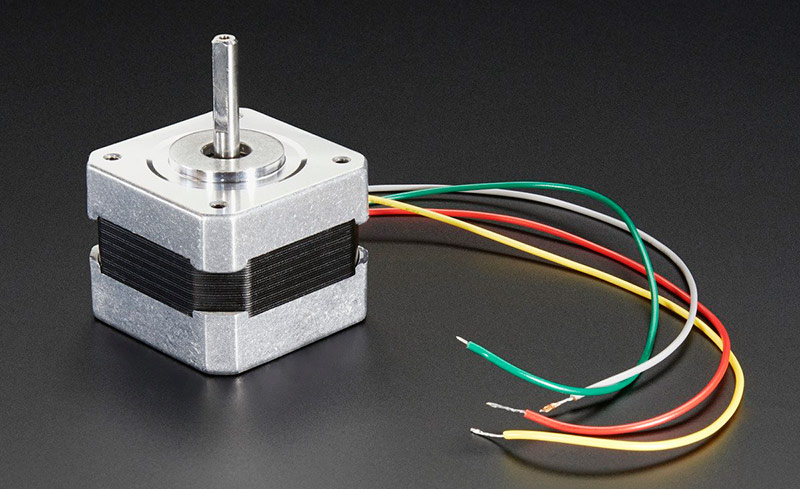
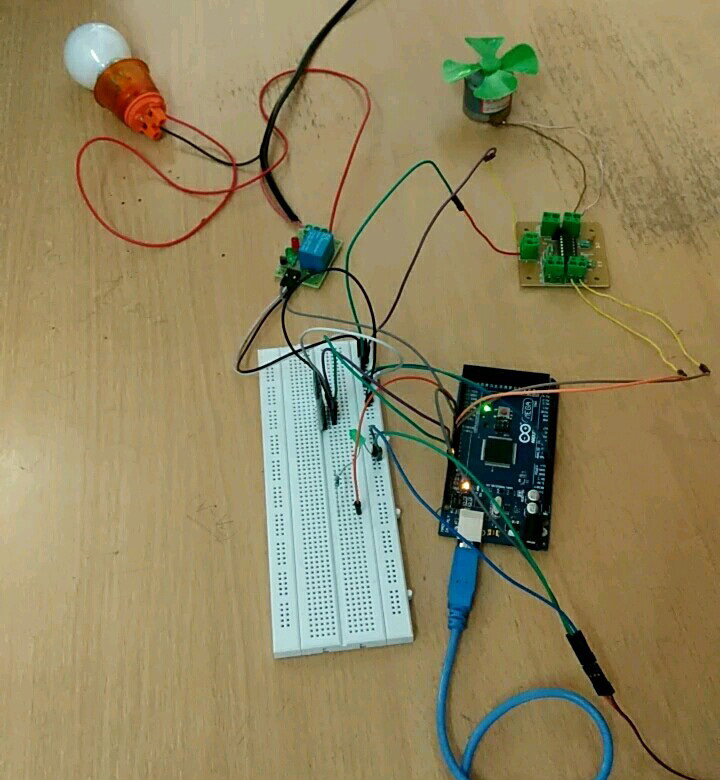
what if i need to control 0, 90, 225 and 315 degree
oops, I ment to say 2 coils or more
“Stepper motors rotate a specific angle based on the width of the input pulse”
I dont think that is correct way of looking at it
Stepper motors usually have 4 coils(or more) the order of magnetizing and the polarity of it determine a step in one or the other direction. In a super simple setup you could directly bitbang a specific combination of nibles [0000..1111] (4bit binaries) to a stepper to control it. The angle is specific yes (often 1.8 per step), but to say it is based on the width of the input pulse is not true I think.